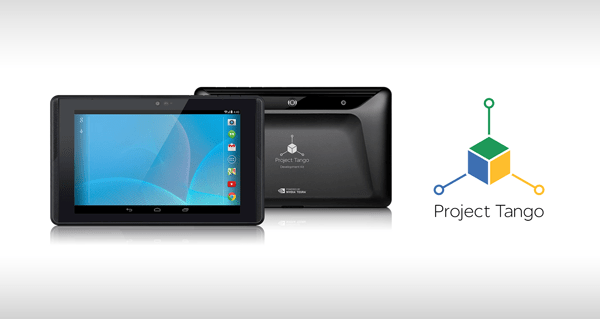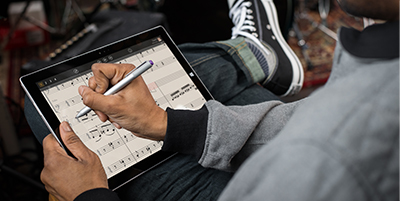Galaxy Note8
Attempting Redemption
It’s not easy to follow the footsteps of a maligned predecessor. After last year’s disastrous Note7, many believed the Note8 would never exist. But Samsung has launched the Note8, aiming at a righting the wrongs of the previous iteration. The new phablet, launched in August, does its best to restore customers’ faith in the brand, […]


